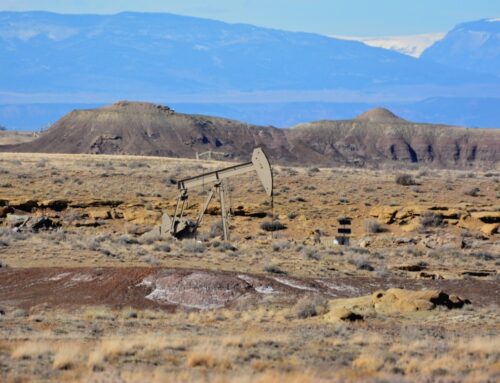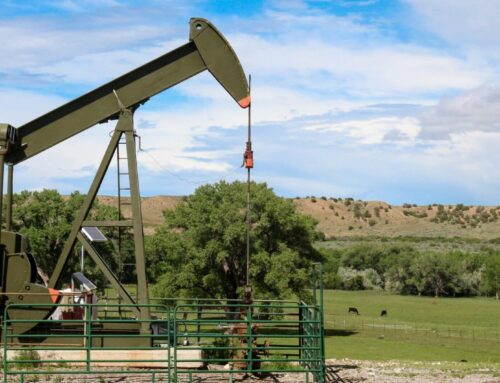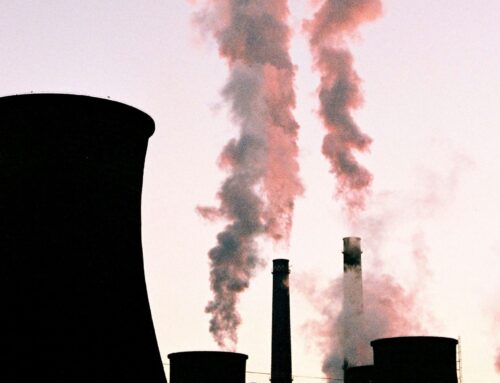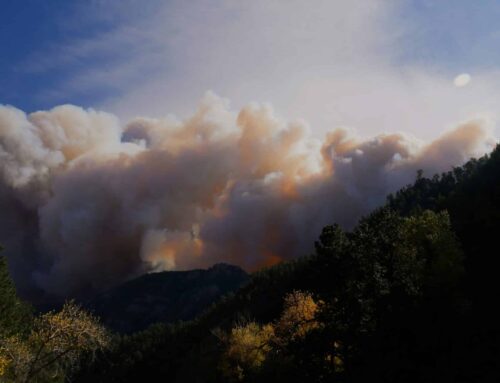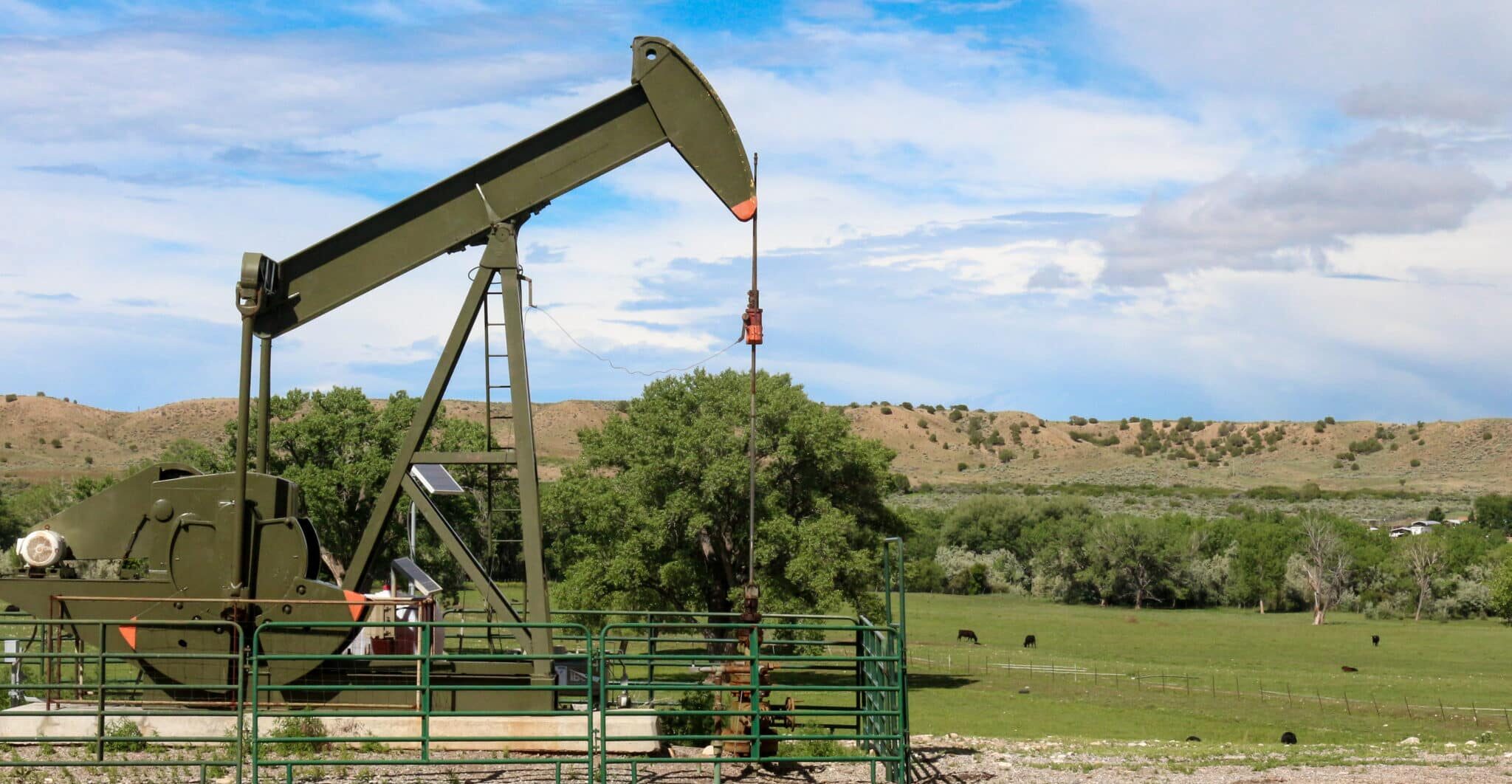On June 11, the Bureau of Land Management (BLM), under the Department of Interior (DOI), held an auction for oil and gas leases on federal land in Wyoming—less than 24 hours after completing a different Wyoming oil and gas lease sale. The wildly different results of the two auctions are further evidence that smart leasing leads to competitive auctions and high returns for taxpayers, whereas flooding the market leads to little industry interest and low returns for taxpayers.
The United States holds vast onshore mineral resources owned by American taxpayers. The BLM oversees these publicly held assets by selling leases to private companies at auction. The federal oil and gas leasing program generates revenue, which is split between the U.S. Treasury and the states where development takes place, in three ways:
- Bonus Bids: upfront payments offered at competitive auctions to secure drilling rights
- Rent: annual payments by leaseholders until production begins
- Royalties: a percentage of the value of extracted oil and gas
| Date | Acres Offered | Acres Sold | % Sold | Total Bid Revenue | Avg. Bid/Acre | Avg. Bid/Acre (2015-2024) | Total Revenue |
| 6/10 | 22,965 | 21,645 | 94% | $7,536,133 | $348/acre | $169/acre | $7,684,786 |
| 6/11 | 70,310 | 29,892 | 43% | $1,286,536 | $42/acre | $169/acre | $1,426,421 |
The June 10th sale offered 29 parcels totaling 22,965 acres for oil and gas development and sold 27 parcels containing 21,645 acres (94%). The June 11th sale offered 65 parcels totaling 70,310 acres, but only leased 22 parcels containing less than half of the offered acreage (43%).
The June 10th lease sale also raised significantly more revenue, despite leasing fewer total acres. Whereas the June 10th sale had an average bid of $348/acre, more than double the state’s average, the June 11th sale had an average bid of $42/acre, less than one quarter of the state’s average. Moreover, 61% of acres leased on June 11th were sold at the minimum legal bid of $10 per acre.
A likely explanation for this difference is the attractiveness of the parcels that were offered in the sale. According to the BLM, the parcels offered at the June 11th auction were unsuccessfully listed for previous sales in 2023 and 2024. BLM’s lack of success in leasing this set of parcels suggests that the oil and gas industry is simply not interested in developing these particular areas in the near future, and that the areas may be better suited for other uses such as recreation, conservation, or the development of other resources.
The results of this auction show that the federal onshore leasing program must offer leases in a strategic manner in order to ensure a fair rate of return for taxpayers. BLM can increase federal revenues and spur competition in federal auctions by offering leases in areas with a high chance of production and demonstrated industry interest. Doing so saves taxpayers money by reducing the number of leases that are offered and not bid on (saving the cost of preparing the sale) or leased but unlikely to see oil and gas development (which limits future royalty revenues and blocks other land uses).
Past oil and gas lease sales in Wyoming have also generated comparatively lower revenue for taxpayers. More than two-thirds of all federal land leased for oil and gas development in the U.S in 2024—over 52,000 acres—was located in Wyoming. However, federal leases in Wyoming accounted for only 15% of total bid revenues last year. Furthermore, 30% of federal land leased in Wyoming in that period was sold at the federal minimum bid of $10 per acre. Leases that are sold at the minimum bid can lead to lower royalty payments in the long run, as there is a much lesser chance that the leases will enter production. Ensuring that lease sales take place in sensible areas, on the other hand, can maximize the public value of oil and gas leases and bolster competition within the oil and gas industry.
Recent federal onshore leasing program updated have been crucial in securing a fair return for taxpayers and raising revenue for federal and Wyoming taxpayers alike. The modernized leasing terms include:
- Royalty Rate Increase: The federal royalty rate increased from 12.5% to 16.67%. The new rate is a significant improvement but still does not match the rates charged by Texas and other states.
- Rental Rate Increase: The rental rate schedule for federal oil and gas leases, originally set during the Reagan administration, increased to the following: $3 per acre for the first two years, $5 per acre for years 3-8, and a minimum of $15 per acre for years 9-10.
- Minimum Bid Increase: The minimum legal bid, also set during the Reagan administration, increased from $2 per acre to $10 per acre.
- New Bonding Requirements: The bonding requirements for federal oil and gas leases were modernized to reduce reclamation liabilities for taxpayers and account for market conditions.
- Termination of Noncompetitive Leasing: Federal oil and gas leases were previously allowed to be sold without a competitive auction in certain situations, which led to taxpayers forgoing tens of thousands of dollars of bid revenue.
- Smart Leasing Strategy: BLM is required to prioritize selling leases in areas that are likely to increase competition and improve public value.
TCS has previously highlighted the value of the 2022 federal onshore leasing updates. In 2024, over $164 million in revenue was generated from federal lease sales in the U.S. The average bid on oil and gas leases also noticeably increased to approximately $2,149 per acre in 2024. These positive figures show that oil and gas industry interest in federal leases has been unaffected by the 2022 updates. Local communities have also thrived under the modernized terms, as revenue from oil and gas lease sales is required to be divided between the U.S. Treasury and the states in which leases are located.
However, the House-passed FY2026 budget reconciliation bill (known as the One Big Beautiful Bill Act) would bring back noncompetitive leasing and reverse the royalty rate increase. Under the noncompetitive leasing process, BLM issued scores of leases that were favorable to oil and gas companies but extremely disadvantageous to taxpayers. Production began on merely one percent of noncompetitive BLM leases from FY2003 to FY2009. These leases ended up generating very little revenue for taxpayers.
A rollback of the federal royalty rate would be especially troublesome for the state of Wyoming. A previous report from TCS concluded that taxpayers could have collected over $2 billion in additional revenue if the new federal royalty rate had been in effect from FY2013-2022. A return to noncompetitive leasing could also adversely impact communities within the state by giving speculators the chance to acquire many leases for a very low price. This would greatly reduce the amount of federal land available for recreation, conservation, and other productive uses.
American taxpayers own the oil and gas resources that lie within federal lands. As a result of the recent updates to the federal oil and gas leasing program, taxpayers are receiving a much fairer rate of return for these resources. Undoing the reforms would result in higher liabilities and lower revenues for federal oil and gas leases, both of which are not in the best interests of taxpayers.

